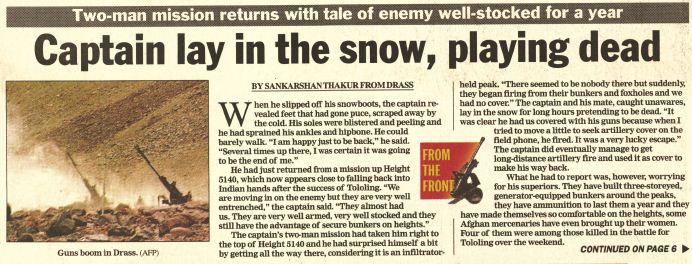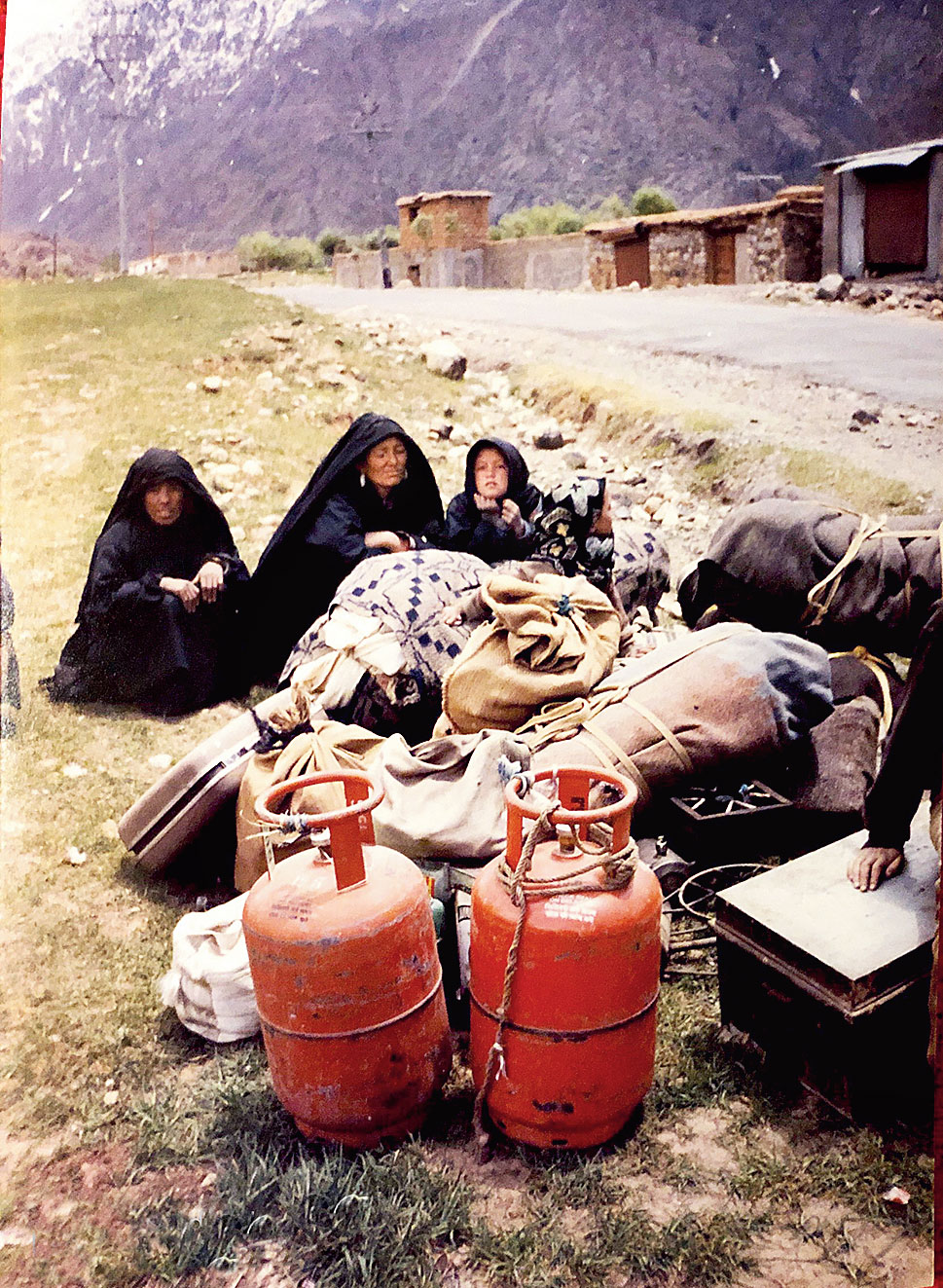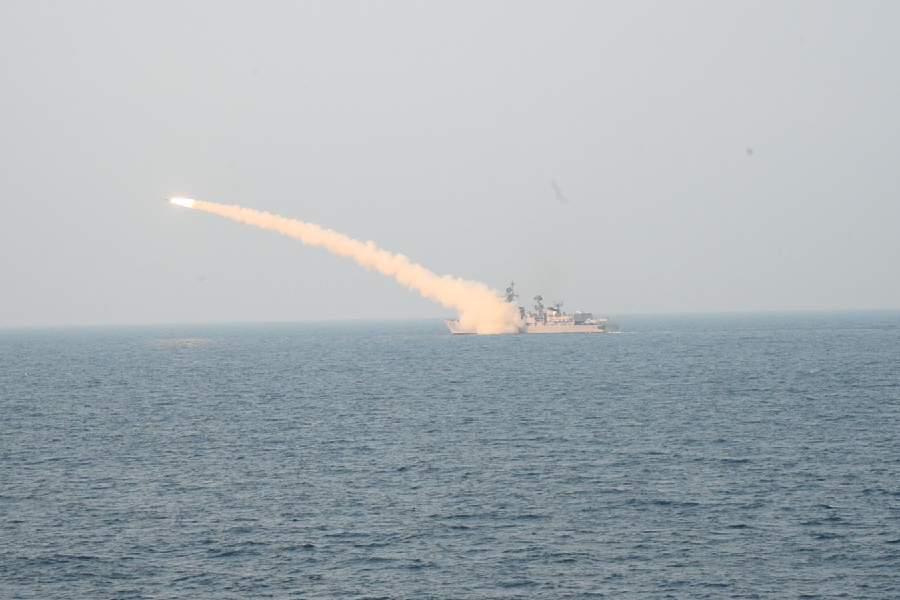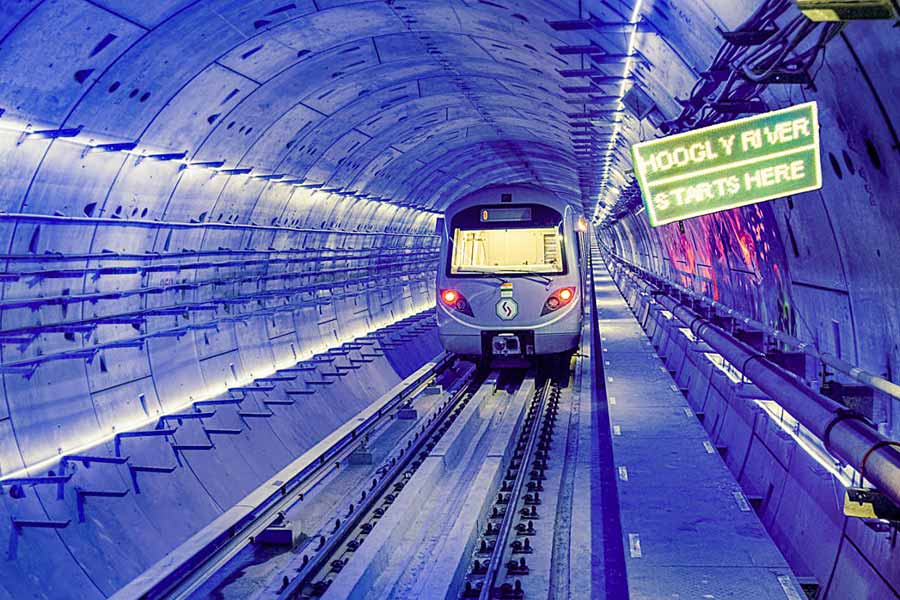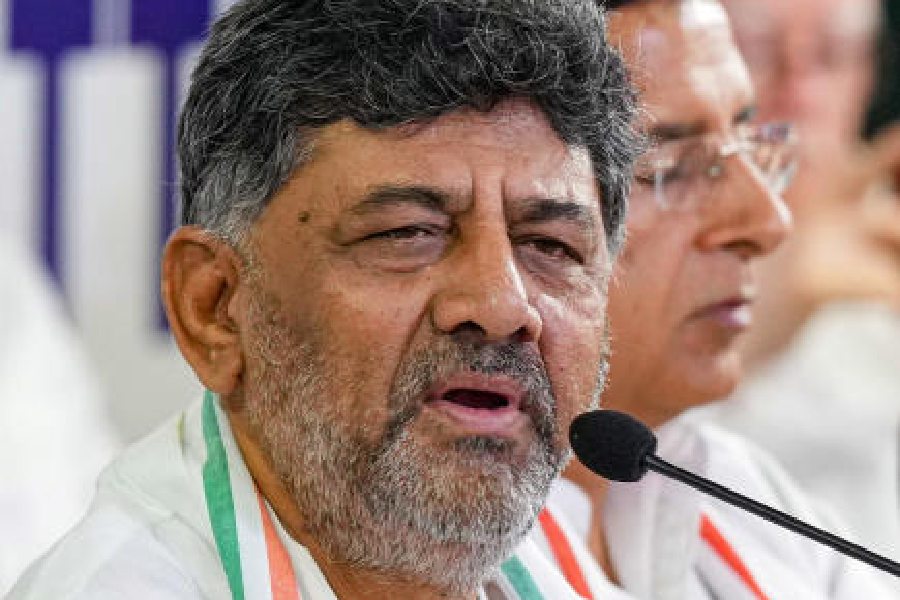When he slipped off his snowboots, the captain revealed feet that had gone puce, scraped away by the cold. His soles were blistered and peeling and he had sprained his ankles and hipbone. He could barely walk. “I am happy just to be back,” he said. “Several times up there, I was certain it was going to be the end of me.”
He had just returned from a mission up Height 5140, which now appears close to falling back into Indian hands after the success of Tololing. “We are moving in on the enemy but they are very well entrenched,” the captain said. “They almost had us. They are very well armed, very well stocked and they still have the advantage of secure bunkers on heights.”
The captain’s two-man mission had taken him right to the top of Height 5140 and he had surprised himself a bit by getting all the way there, considering it is an infiltrator-held peak. “There seemed to be nobody there but, suddenly, they began firing from their bunkers and foxholes and we had no cover.” The captain and his mate, caught unawares, lay in the snow for long hours pretending to be dead. “It was clear he had us covered with his guns because when I tried to move a little to seek artillery cover on the field phone, he fired. It was a very lucky escape.” The captain did eventually manage to get long-distance artillery fire and used it as cover to make his way back.
What he had to report was, however, worrying for his superiors. They have built three-storeyed, generator-equipped bunkers around the peaks, they have ammunition to last them a year and they have made themselves so comfortable on the heights, some Afghan mercenaries have even brought up their women. Four of them were among those killed in the battle for Tololing over the weekend.
“Often, even sustained artillery fire cannot dislodge them because they dig into the security of their deep bunkers,” said a senior field commander in the Drass sector. “From the first hand reports we are getting from our boys, it is clear they have been preparing for the intrusion over years. This is not an overnight operation. Neither is it just an infiltration by mercenaries. The planning and execution is being done by Pakistani army regulars.”
But the Indian troops’ assault on peaks overlooking the critical National Highway 1A is now getting into high gear. Snatching Tololing early on Sunday morning not only earned them a strategic perch from which to consolidate but also give their morale a quantum boost. “They know it is a matter of time before they are killed or pushed back,” the commander said. “We have surrounded them and the concerted artillery and infantry assaults of the last couple of days have shaken them badly.”
Height 5140 has three infantry columns closing in now, aided by precision artillery bombardment from batteries in the Drass Valley. Jawans are moving bunker to bunker, using grenades, handfired anti-tank missiles and even flame throwers to eject infiltrators from their positions.
Units of special group para-commandos have been sent in to secure the Marpola peak southwest of Height 5140. Once supremacy over Marpola is achieved, it will be easier to cut off the supply lines of infiltrators on Height 5140. Marpola overlooks the supply routes of Height 5140 and adjoining hill features from the Pakistani side and infantry detachments hope to seal them off with the advantage of Marpola’s heights.
Field commanders felt the gains will be slow to come and the battle long. “We know we have him cornered, so we will suffocate him, minimising our casualties,” one said.
Always exposed to enemy fire and rather unused to operating at such high altitudes, he is braving heavy odds. The injured captain’s unit, for instance, had arrived from Bihar a week before hostilities began and was immediately ordered to action on the peaks. “I have had no training in climbing mountains. All I did was climb a hillock during my course days at the National Defence Academy and here I was, shinnying up 18,000 feet under enemy fire,” the captain said.
He had Siachen clothing and the advantage of a pub tent, where he survived a week on cigarettes and chocolates — “There was nothing else to eat, the food sent up from base was frozen so hard it was difficult to bite off” — but his jawans were out in the open snow in sub-zero temperatures without snowboots or down jackets, essential at such heights. “It is so terrible. We do not even have basic equipment for our soldiers,” he said. “I had snowboots but they are totally inadequate for climbing. It has no grip in the snow and twice I slipped and nearly killed myself without the enemy having to fire a shot.”
He still had a sense of humour. But humour is perhaps the weapon you need most to survive here and fight on.
This story was first published in The Telegraph in 1999

